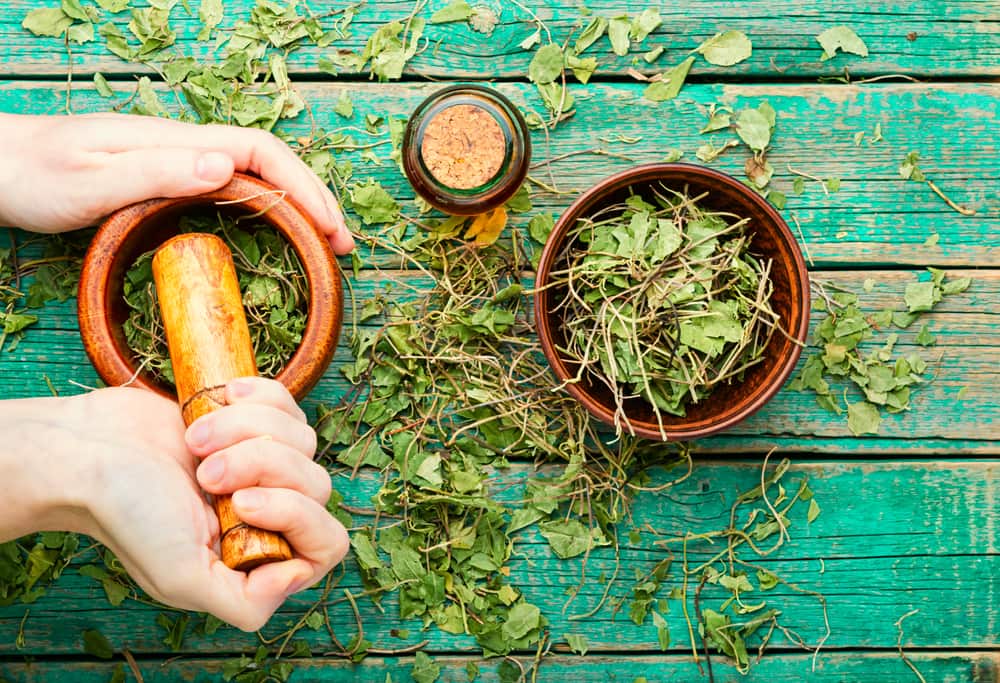Drying of Crude Drugs: Before marketing a crude drug, it is necessary to process it properly, preserve it for a longer time, and also acquire better pharmaceutical elegance. This processing includes several operations or treatments, depending upon the source of the crude drug (animal or plant) and its chemical nature. Drying consists of the removal of sufficient moisture content of the crude drug, to improve its quality and make it resistant to the growth of microorganisms. Drying inhibits partially enzymatic reactions. Drying also facilitates pulverizing or grinding of a crude drug. In certain drugs, some special methods are required to be followed to attain specific standards, e.g. fermentation in the case of Cinnamomum zeylanicum bark and gentian roots. The slicing and cutting into smaller pieces are done to enhance drying, as in the case of glycyrrhiza, squill, and calumba. The flowers are dried in shade to retain their color and volatile oil content. Depending upon the type of chemical constituents, a method of drying can be used for a crude drug. Drying of crude drugs can be of two types – (1) natural (sun drying) and (2) artificial.
Natural Drying (Sun-Drying)
In the case of natural drying, it may be either direct sun-drying or in the shed. If the natural color of the drug (digitalis, clove, senna) and the volatile principles of the drug (peppermint) are to be retained, drying in a shed is preferred. If the contents of the drugs are quite stable to the temperature and sunlight, the drugs can be dried directly in the sunshine (gum acacia, seeds, and fruits).
Artificial Drying
Drying by artificial means includes drying the drugs in (a) an oven; i.e. tray-dryers; (b) vacuum dryers and (c) spray dryers.
The drugs which do not contain volatile oils and are quite stable to heat or which need deactivation of enzymes are dried in tray dryers. In this process, hot air of the desired temperature is circulated through the dryers, and this facilitates the removal of the water content of the drugs (belladonna roots, cinchona bark, tea, raspberry leaves, and gums are dried by this method).
The drugs which are sensitive to higher temperatures are dried by this process, e.g. Tannic acid and digitalis leaves.
Few drugs which are highly sensitive to atmospheric conditions and also to the temperature of vacuum-drying are dried by the spray-drying method. The technique is followed for quick drying of economically important plant or animal constituents, rather than the crude drugs. Examples of spray drying are papaya latex, pectin, tannins, etc.
Make sure you also check our other amazing article on : Collection of Crude Drugs
